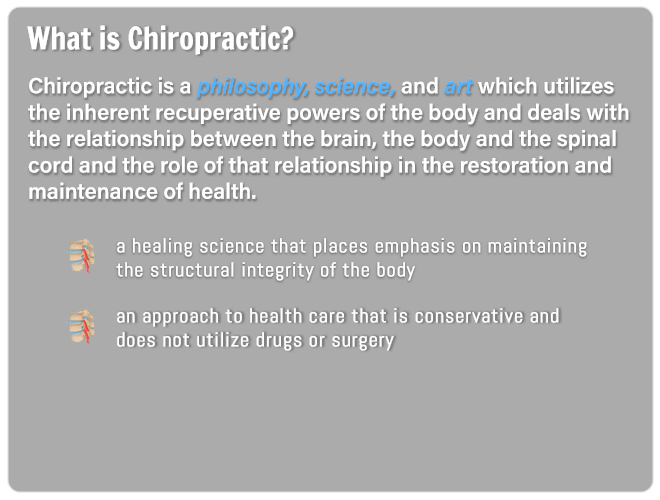Start Your Journey to a Healthier You Weight Loss Tips
Introduction
Embarking on a journey to a healthier you is a significant step towards improving your overall well-being and quality of life. In this article, we’ll explore essential weight loss tips to help you kickstart your journey and achieve your health and fitness goals.
Set Realistic Goals
Setting realistic and achievable goals is the first step towards successful weight loss. Instead of aiming for drastic changes overnight, focus on setting small, attainable goals that you can work towards gradually. Whether it’s losing a certain amount of weight, fitting into a specific clothing size, or adopting healthier eating habits, setting clear goals will help keep you motivated and accountable along the way.
Prioritize Nutrition
Nutrition plays a crucial role in any weight loss journey. Instead of resorting to fad diets or extreme measures, focus on adopting a balanced and sustainable approach to eating. Fill your plate with plenty of fruits, vegetables, lean proteins, and whole grains, and limit your intake of processed foods, sugary snacks, and unhealthy fats. Pay attention to portion sizes and practice mindful eating to avoid overindulging.
Stay Hydrated
Drinking an adequate amount of water is essential for overall health and can also support weight loss efforts. Aim to drink at least eight glasses of water a day, and consider sipping on water throughout the day to stay hydrated. Not only will staying hydrated help curb cravings and prevent overeating, but it will also support proper digestion and metabolism.
Incorporate Regular Exercise
Exercise is a key component of any weight loss plan and can help you burn calories, build muscle, and improve overall fitness. Find activities that you enjoy and incorporate them into your daily routine, whether it’s going for a walk, hitting the gym, or taking a fitness class. Aim for at least 30 minutes of moderate-intensity exercise most days of the week, and mix up your routine to prevent boredom and plateauing.
Prioritize Sleep
Getting enough quality sleep is crucial for weight loss and overall health. Aim for seven to nine hours of sleep each night, and establish a consistent sleep schedule to regulate your body’s internal clock. Poor sleep can disrupt hunger hormones, increase cravings for unhealthy foods, and sabotage your weight loss efforts. Make sleep a priority by creating a relaxing bedtime routine and optimizing your sleep environment.
Practice Mindful Eating
Mindful eating involves paying attention to your body’s hunger and fullness cues and savoring each bite of food without distractions. Instead of eating on autopilot or in front of the TV, take the time to sit down at a table, chew your food slowly, and fully enjoy the flavors and textures of your meal. Mindful eating can help prevent overeating, promote better digestion, and foster a healthier relationship with food.
Seek Support
Embarking on a weight loss journey can be challenging, but you don’t have to go it alone. Seek support from friends, family members, or a professional coach who can offer encouragement, accountability, and guidance along the way. Joining a support group














